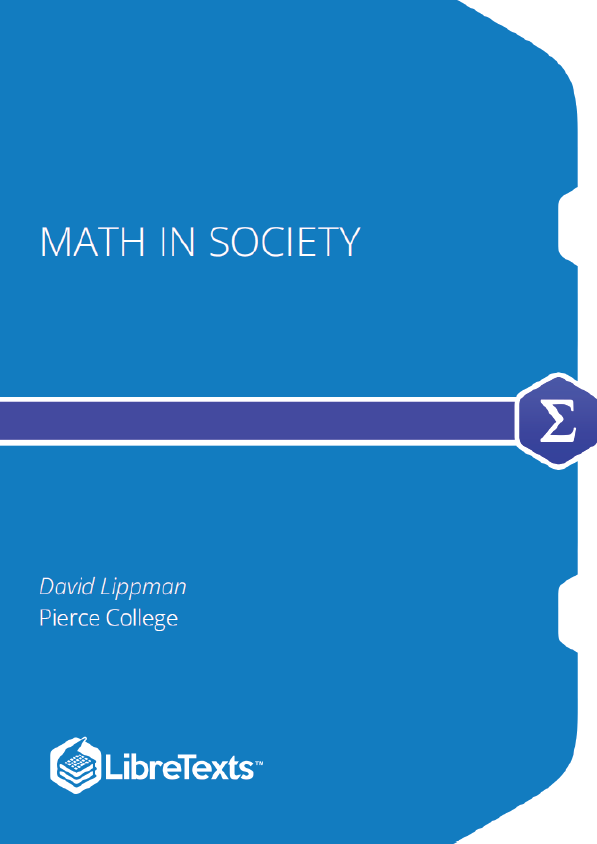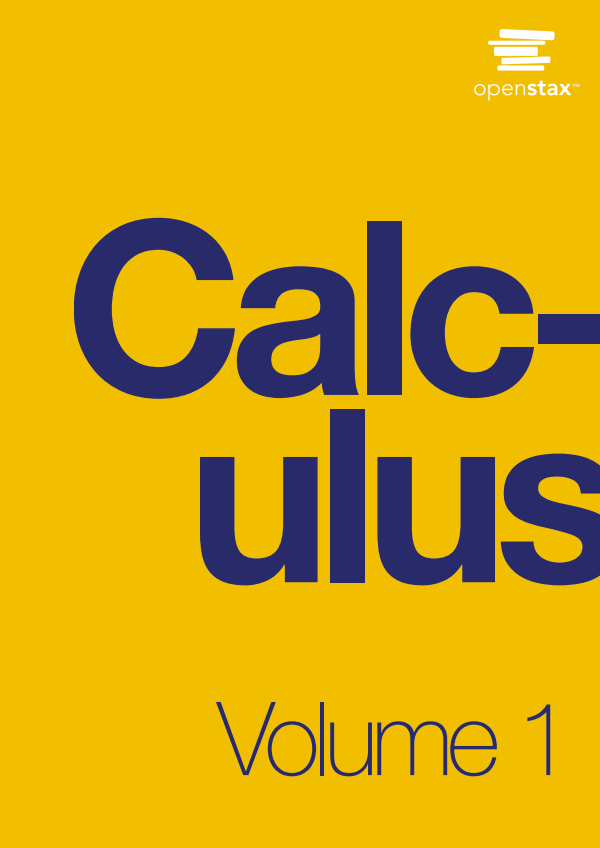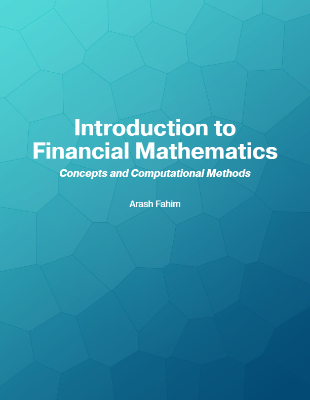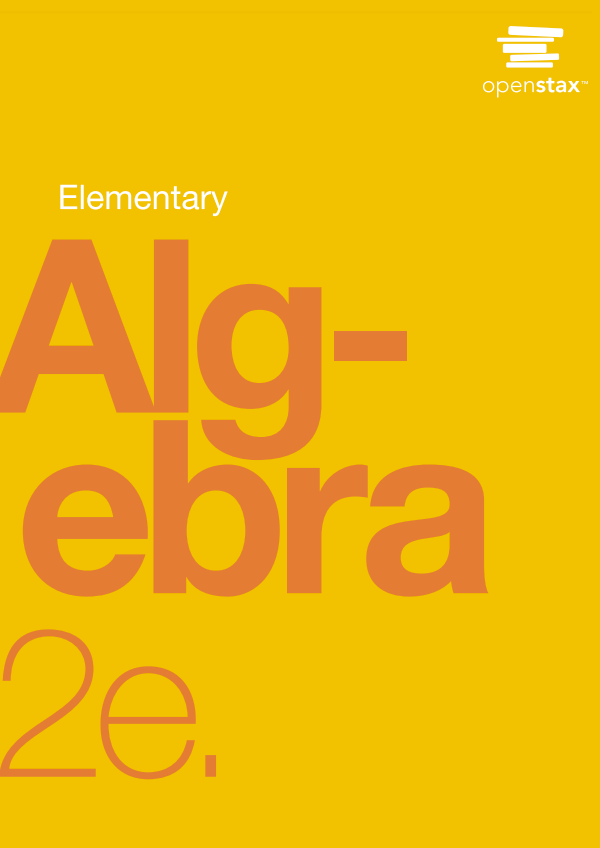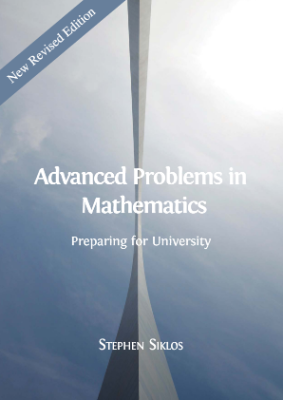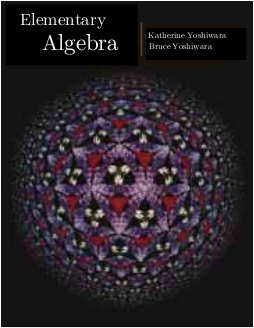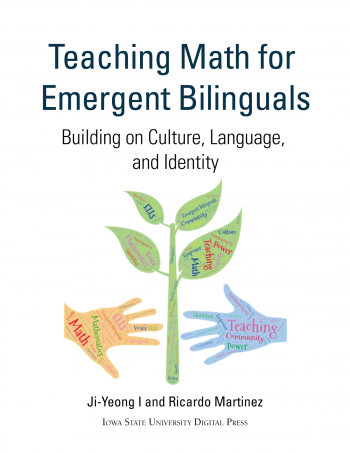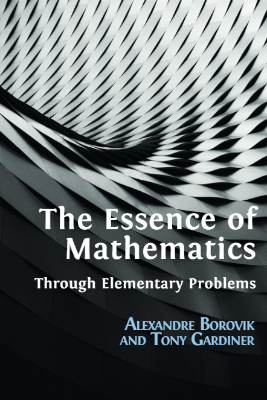This book is a survey of contemporary mathematical topics, most non-algebraic, appropriate for a college-level quantitative literacy topics course for liberal arts majors. The text is designed so that most chapters are independent, allowing the instructor to choose a selection of topics to be covered. Emphasis is placed on the applicability of the mathematics. Core material for each topic is covered in the main text, with additional depth available through exploration exercises appropriate for in-class, group, or individual investigation.
Introduction
In previous math courses, you’ve no doubt run into the infamous “word problems.” Unfortunately, these problems rarely resemble the type of problems we actually encounter in everyday life. In math books, you usually are told exactly which formula or procedure to use, and are given exactly the information you need to answer the question. In real life, problem solving requires identifying an appropriate formula or procedure, and determining what information you will need (and won’t need) to answer the question.
In this chapter, we will review several basic but powerful algebraic ideas: percents, rates, and proportions. We will then focus on the problem solving process, and explore how to use these ideas to solve problems where we don’t have perfect information.
Percents
In the 2004 vice-presidential debates, Edwards’s claimed that US forces have suffered “90% of the coalition casualties” in Iraq. Cheney disputed this, saying that in fact Iraqi security forces and coalition allies “have taken almost 50 percent” of the casualties. Who is correct? How can we make sense of these numbers?
The base of a percent is very important. For example, while Nixon was president, it was argued that marijuana was a “gateway” drug, claiming that 80% of marijuana smokers went on to use harder drugs like cocaine. The problem is, this isn’t true. The true claim is that 80% of harder drug users first smoked marijuana. The difference is one of base: 80% of marijuana smokers using hard drugs, vs. 80% of hard drug users having smoked marijuana. These numbers are not equivalent. As it turns out, only one in 2,400 marijuana users actually go on to use harder drugs.
Notice both of these are showing percent differences. We could also calculate the size of Albertsons relative to QFC: , which tells us Albertsons is 2.867 times the size of QFC. Likewise, we could calculate the size of QFC relative to Albertsons: , which tells us that QFC is 34.9% of the size of Albertsons.
